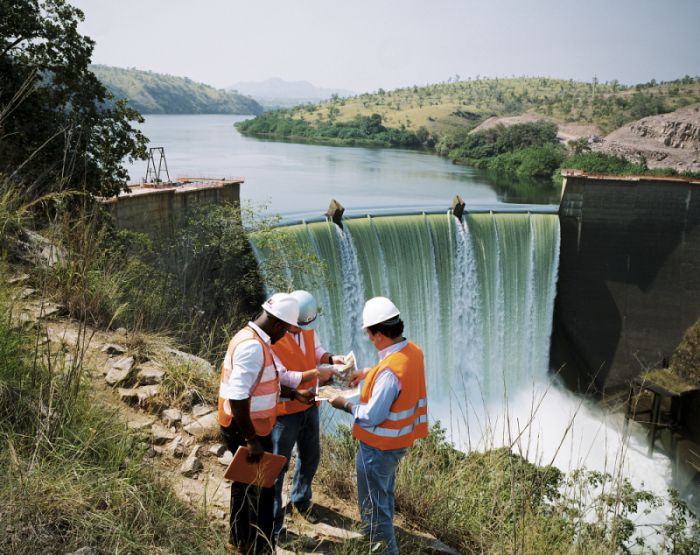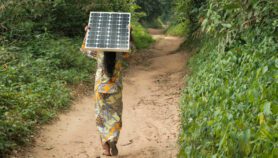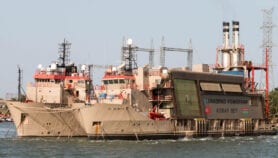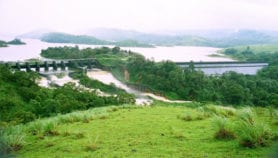By: Inga Vesper
Send to a friend
The details you provide on this page will not be used to send unsolicited email, and will not be sold to a 3rd party. See privacy policy.
Water shortages and a warmer climate could slash the efficiency of power plants in coming decades, meaning developing countries must prepare their power systems to cope, researchers warn.
Using data on water-dependent power plants and climate change projections, scientists demonstrated that fossil fuel plants could see a 30 per cent drop in efficiency by 2070 due to lack of cooling water. This is because river flow in large parts of regions such as Africa, South Asia and South America is projected to drop drastically because of global warming.
“Energy planning requires collaboration with water planners and climatologists as well as timely decision-making.”
Fadiel Ahjum, University of Cape Town
Hydropower stations — which make up 63 per cent of South America’s power generation — could see their efficiency fall by about a quarter, they write in a paper published in Nature Climate Change earlier this month (4 January).
“We were quite surprised about the order of magnitude. It could become a major issue,” says Keywan Riahi, a researcher at Austria’s International Institute for Applied Systems Analysis, who cowrote the paper. “It means that important investments made in the developing world now must factor in adaptation possibilities, because many of the issues we present will be relevant to power stations built today.”
Nearly all power stations, including hydropower, nuclear and fossil fuel plants, need lots of water to power the plants or cool them. Warmer water will reduce cooling efficiency, while water shortages could force entire power stations to shut down, the researchers warn.
The team suggests building more power stations close to the sea, but acknowledges that this makes them prone to damage from floods and storms. It also calls on developing countries to look at innovative technologies such as air cooling for future plants.
Refitting existing plants with air cooling is expensive, the researchers say, but might still be the most cost-effective option for the ten per cent of plants under most severe threat.
South Africa experiences severe droughts during El Niño, a recurring Pacific Ocean warming phenomenon that upsets global weather patterns, and already uses air cooling on 30 per cent of its coal power plants, says Fadiel Ahjum, an energy systems researcher at the University of Cape Town. Many plants also use cascade-type cooling systems that save water by reusing it several times, he says.
But Ahjum points out that such efforts require long-term planning and strong governance, which some developing countries may struggle to provide.
Riahi adds that financing is also a barrier, even for solar and wind power — another proposed solution to the projected efficiency crisis. “Adapting your energy system requires high upfront investment” and long-term decisions, but a lack of short-term capital in developing countries makes this difficult, he says.
References
Michelle T. H. van Vliet and others Power-generation system vulnerability and adaptation to changes in climate and water resources (Nature Climate Change, 4 January 2016)














